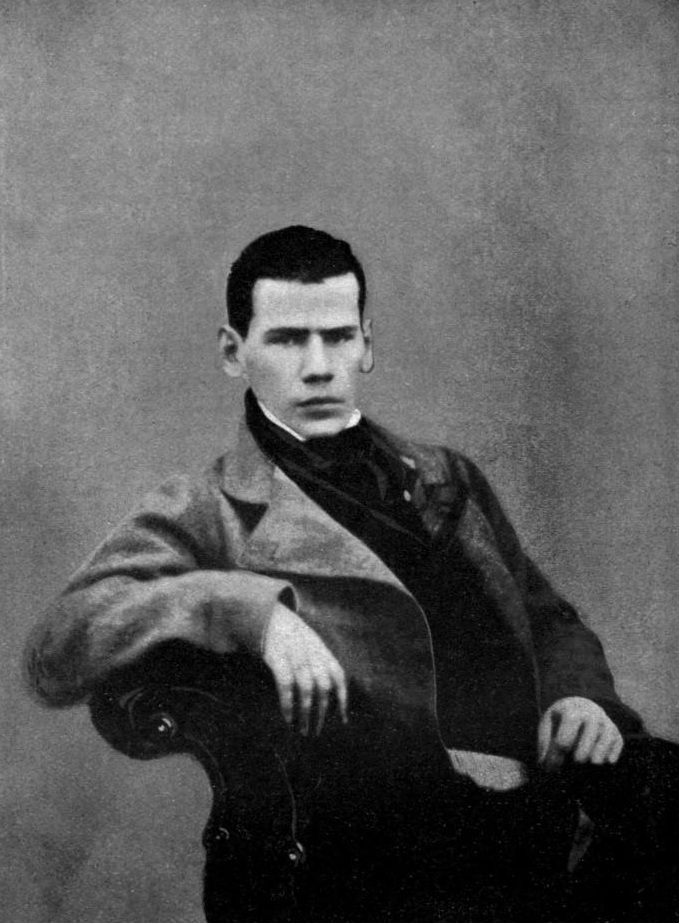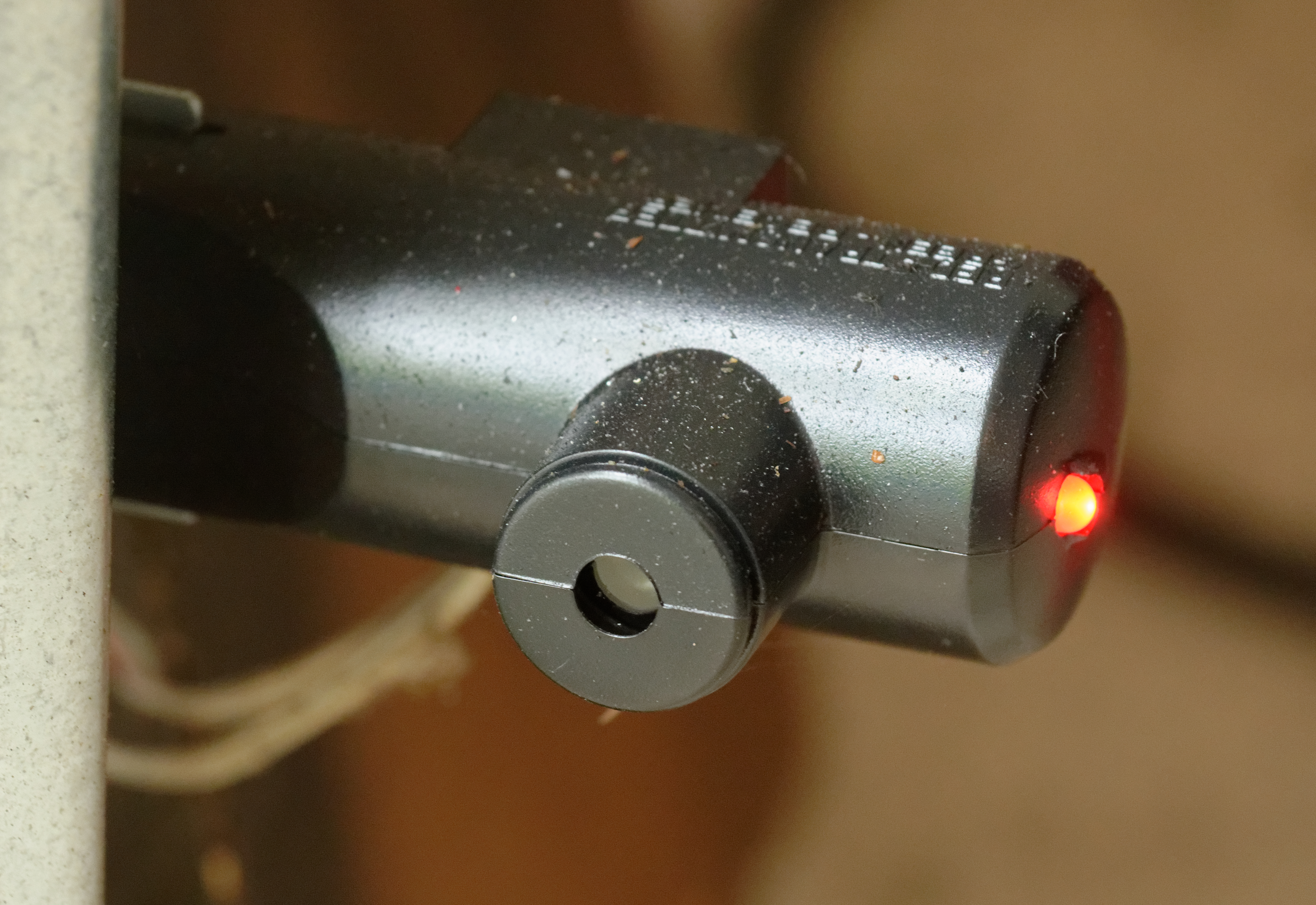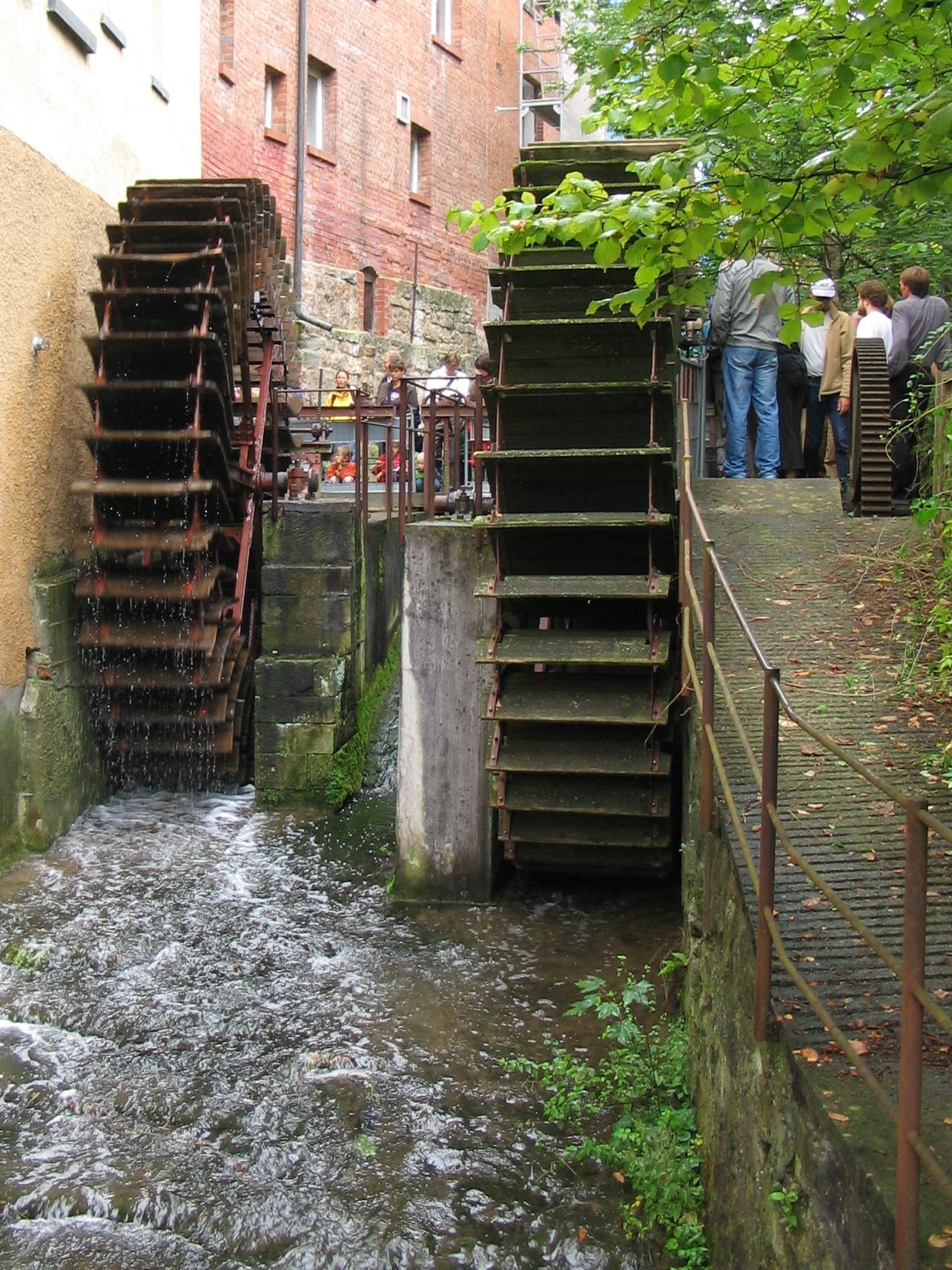|
War And Pieces
''War and Pieces'' is a 1964 Warner Bros. ''Looney Tunes'' theatrical animated short directed by Chuck Jones. The short was released on June 6, 1964, and stars Wile E. Coyote and the Road Runner. It was the last ''Looney Tunes''/''Merrie Melodies'' cartoon directed by Chuck Jones until 1979's '' Freeze Frame''. The title is a pun on the Leo Tolstoy novel '' War and Peace''. Plot 1. Wile E. Coyote (Caninus nervous rex) attempts to hurl a hand grenade at Road Runner (Burn-em upus asphaltus), but it rebounds off a saguaro, and explodes on the Coyote. He walks away, planning his next scheme. 2. Wile E. is at another cliff, attempting to use a bow with a pulley to shoot himself at the Road Runner, with his tail being tied by a rope attached to the pulley. The pulley rope then rips the lower part of his hide off, exposing him in his underwear, and with him hanging onto the bow until it breaks. He then lands feet first on a large rock just a bit down the bottom of the cliff ... [...More Info...] [...Related Items...] OR: [Wikipedia] [Google] [Baidu] |
Looney Tunes
''Looney Tunes'' is an American media franchise produced and distributed by Warner Bros. The franchise began as a series of animated short films that originally ran from 1930 to 1969, alongside its spin-off series ''Merrie Melodies'', during the golden age of American animation.Looney Tunes . ''www.bcdb.com'', April 12, 2012 Following a revival in the late 1970s, new shorts were released as recently as 2014. The two series introduced a large List of Looney Tunes and Merrie Melodies characters, cast of characters, including Bugs Bunny, Daffy Duck, Porky Pig, Tweety Bird and Elmer Fudd. The term ''Looney Tunes'' has since been expanded to also refer to the characters themselves. ''Looney Tunes'' and ''Merrie Melodies'' were initially produced by Leon Schlesinger and animators Hugh Harman and Rudolf Ising from 1930 to 1933. [...More Info...] [...Related Items...] OR: [Wikipedia] [Google] [Baidu] |
Leo Tolstoy
Count Lev Nikolayevich Tolstoy Tolstoy pronounced his first name as , which corresponds to the romanization ''Lyov''. () (; ,Throughout Tolstoy's whole life, his name was written as using Reforms of Russian orthography#The post-revolution reform, pre-reform Russian orthography. ; ), usually referred to in English as Leo Tolstoy, was a Russian writer. He is regarded as one of the greatest and most influential authors of all time. Born to an aristocratic family, Tolstoy achieved acclaim in his twenties with his semi-autobiographical trilogy, ''Childhood (Tolstoy novel), Childhood'', ''Boyhood (novel), Boyhood'' and ''Youth (Tolstoy novel), Youth'' (1852–1856), and with ''Sevastopol Sketches'' (1855), based on his experiences in the Crimean War. His ''War and Peace'' (1869), ''Anna Karenina'' (1878), and ''Resurrection (Tolstoy novel), Resurrection'' (1899), which is based on his youthful sins, are often cited as pinnacles of Literary realism, realist fiction and three of th ... [...More Info...] [...Related Items...] OR: [Wikipedia] [Google] [Baidu] |
Cliff
In geography and geology, a cliff or rock face is an area of Rock (geology), rock which has a general angle defined by the vertical, or nearly vertical. Cliffs are formed by the processes of weathering and erosion, with the effect of gravity. Cliffs are common on coasts, in mountainous areas, escarpments and along rivers. Cliffs are usually composed of rock that is resistant to weathering and erosion. The sedimentary rocks that are most likely to form cliffs include sandstone, limestone, chalk, and Dolomite (rock), dolomite. Igneous rocks such as granite and basalt also often form cliffs. An escarpment (or scarp) is a type of cliff formed by the movement of a geologic fault, a landslide, or sometimes by rock slides or falling rocks which change the differential erosion of the rock layers. Most cliffs have some form of scree slope at their base. In arid areas or under high cliffs, they are generally exposed jumbles of fallen rock. In areas of higher moisture, a soil slope may ... [...More Info...] [...Related Items...] OR: [Wikipedia] [Google] [Baidu] |
Truck
A truck or lorry is a motor vehicle designed to transport freight, carry specialized payloads, or perform other utilitarian work. Trucks vary greatly in size, power, and configuration, but the vast majority feature body-on-frame construction, with a cabin that is independent of the payload portion of the vehicle. Smaller varieties may be mechanically similar to some automobiles. Commercial trucks can be very large and powerful and may be configured to be mounted with specialized equipment, such as in the case of refuse trucks, fire trucks, concrete mixers, and suction excavators. In American English, a commercial vehicle without a trailer or other articulation is formally a "straight truck" while one designed specifically to pull a trailer is not a truck but a " tractor". The majority of trucks currently in use are powered by diesel engines, although small- to medium-size trucks with gasoline engines exist in North America. Electrically powered trucks are more popu ... [...More Info...] [...Related Items...] OR: [Wikipedia] [Google] [Baidu] |
Paint
Paint is a material or mixture that, when applied to a solid material and allowed to dry, adds a film-like layer. As art, this is used to create an image or images known as a painting. Paint can be made in many colors and types. Most paints are either oil-based or water-based, and each has distinct characteristics. Primitive forms of paint were used tens of thousands of years ago in cave paintings. Clean-up solvents are also different for water-based paint than oil-based paint. Water-based paints and oil-based paints will cure differently based on the outside ambient temperature of the object being painted (such as a house). History Paint was used in some of the earliest known human artworks. Some cave paintings drawn with red or yellow ochre, hematite, manganese oxide, and charcoal may have been made by early ''Homo sapiens'' as long as 40,000 years ago. Paint may be even older. In 2003 and 2004, South African archeologists reported finds in Blombos Cave of a 100,000-y ... [...More Info...] [...Related Items...] OR: [Wikipedia] [Google] [Baidu] |
Invisibility
Invisibility is the state of an object that cannot be seen. An object in this state is said to be ''invisible'' (literally, "not visible"). The phenomenon is studied by physics and perceptual psychology. Since objects can be seen by light from a source reflecting off their surfaces and hitting the viewer's eyes, the most natural form of invisibility (whether real or fictional) is an object that neither reflects nor absorbs light (that is, it allows light to pass through it). This is known as transparency, and is seen in many naturally occurring materials (although no naturally occurring material is 100% transparent). Invisibility perception depends on several optical and visual factors. For example, invisibility depends on the eyes of the observer and/or the instruments used. Thus an object can be classified as "invisible" to a person, animal, instrument, etc. In research on sensorial perception it has been shown that invisibility is perceived in cycles. Invisibility is o ... [...More Info...] [...Related Items...] OR: [Wikipedia] [Google] [Baidu] |
Acme Corporation
The Acme Corporation is a fictional company, fictional corporation that features prominently in the ''Wile E. Coyote and the Road Runner, Road Runner/Wile E. Coyote'' animated shorts as a running gag. The company manufactures outlandish products that fail or backfire catastrophically at the worst possible times. The name is also used as a generic title in many cartoons, especially those made by Warner Bros. Cartoons#1933–1944: Leon Schlesinger Productions, Warner Bros., as well as films, Television show#Seasons/series, TV series, Television advertisement, commercials and comic strips. Origin The word Acme comes from the Ancient Greek () meaning , , , or . It has been claimed to be an acronym, either for "A Company Making Everything", "American Companies Make Everything", or "American Company that Manufactures Everything". During the 1920s, the word was commonly used in the names of businesses in order to be listed toward the beginning of alphabetical order, alphabetized telep ... [...More Info...] [...Related Items...] OR: [Wikipedia] [Google] [Baidu] |
Electric Eye
An electric eye is a photodetector used for detecting obstruction of a light beam. An example is the door safety system used on garage door openers that use a light transmitter and receiver at the bottom of the door to prevent closing if there is any obstruction in the way that breaks the light beam. The device does not provide an image; only the presence of light is detectable. Visible light may be used, but infrared radiation conceals the operation of the device and typically is used in modern systems. Originally, systems used lamps powered by direct current or the power line alternating current frequency, but modern photodetector systems use an infrared light-emitting diode modulated at a few kilohertz, which allows the detector to reject stray light and improves the range, sensitivity, and security of the device. Examples Highway vehicle counter * In the 1930s, an electric eye vehicle counter was introduced in the US using two IR lamps set apart so that only cars and pedestri ... [...More Info...] [...Related Items...] OR: [Wikipedia] [Google] [Baidu] |
Hydraulic
Hydraulics () is a technology and applied science using engineering, chemistry, and other sciences involving the mechanical properties and use of liquids. At a very basic level, hydraulics is the liquid counterpart of pneumatics, which concerns gases. Fluid mechanics provides the theoretical foundation for hydraulics, which focuses on applied engineering using the properties of fluids. In its fluid power applications, hydraulics is used for the generation, control, and transmission of Power (physics), power by the use of pressure, pressurized liquids. Hydraulic topics range through some parts of science and most of engineering modules, and they cover concepts such as pipe Volumetric flow rate, flow, dam design, fluidics, and fluid control circuitry. The principles of hydraulics are in use naturally in the human body within the vascular system and erectile tissue. ''Free surface hydraulics'' is the branch of hydraulics dealing with free surface flow, such as occurring in rivers ... [...More Info...] [...Related Items...] OR: [Wikipedia] [Google] [Baidu] |
Rope
A rope is a group of yarns, Plying, plies, fibres, or strands that are plying, twisted or braided together into a larger and stronger form. Ropes have high tensile strength and can be used for dragging and lifting. Rope is thicker and stronger than similarly constructed cord, String (structure), string, and twine. Construction Rope may be constructed of any long, stringy, fibrous material (e.g., rattan, a natural material), but generally is constructed of certain natural fibre, natural or synthetic fibre, synthetic fibres. Synthetic fibre ropes are significantly stronger than their natural fibre counterparts, they have a higher tensile strength, they are more resistant to rotting than ropes created from natural fibres, and they can be made to float on water. But synthetic ropes also possess certain disadvantages, including slipperiness, and some can be damaged more easily by UV light. Common natural fibres for rope are Manila hemp, hemp, linen, cotton, coir, jute, straw, an ... [...More Info...] [...Related Items...] OR: [Wikipedia] [Google] [Baidu] |
Pulley
Sheave without a rope A pulley is a wheel on an axle or shaft enabling a taut cable or belt passing over the wheel to move and change direction, or transfer power between itself and a shaft. A pulley may have a groove or grooves between flanges around its circumference to locate the cable or belt. The drive element of a pulley system can be a rope, cable, belt, or chain. History The earliest evidence of pulleys dates back to Ancient Egypt in the Twelfth Dynasty (1991–1802 BC) and Mesopotamia in the early 2nd millennium BC. In Roman Egypt, Hero of Alexandria (c. 10–70 AD) identified the pulley as one of six simple machines used to lift weights. Pulleys are assembled to form a block and tackle in order to provide mechanical advantage to apply large forces. Pulleys are also assembled as part of belt and chain drives in order to transmit power from one rotating shaft to another. Plutarch's ''Parallel Lives'' recounts a scene where Archimedes proved the effectiveness ... [...More Info...] [...Related Items...] OR: [Wikipedia] [Google] [Baidu] |
Bow And Arrow
The bow and arrow is a ranged weapon system consisting of an elasticity (physics), elastic launching device (bow) and long-shafted projectiles (arrows). Humans used bows and arrows for hunting and aggression long before recorded history, and the practice was common to many prehistoric cultures. They were important weapon of war, weapons of war from ancient history until the early modern period, when they were rendered increasingly obsolete by the development of the more powerful and accurate firearms. Today, bows and arrows are mostly used for bowhunting, hunting and Modern competitive archery, sports. Archery is the art, practice, or skill of using bows to shooting, shoot arrows.Paterson ''Encyclopaedia of Archery'' p. 17 A person who shoots arrows with a bow is called a bowman or an archer. Someone who makes bows is known as a bowyer,Paterson ''Encyclopaedia of Archery'' p. 31 someone who makes arrows is a fletching, fletcher,Paterson ''Encyclopaedia of Archery'' p. 56 and some ... [...More Info...] [...Related Items...] OR: [Wikipedia] [Google] [Baidu] |








